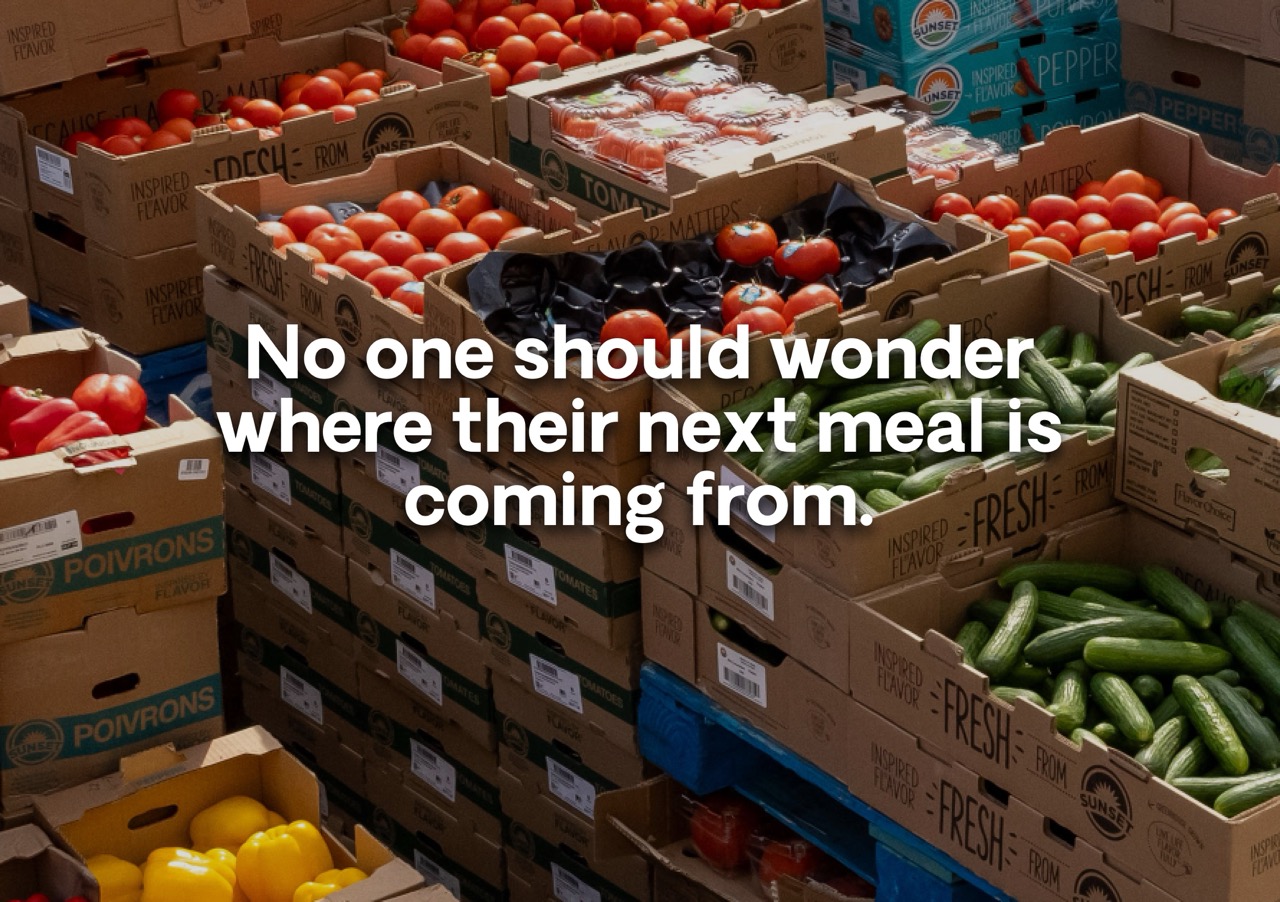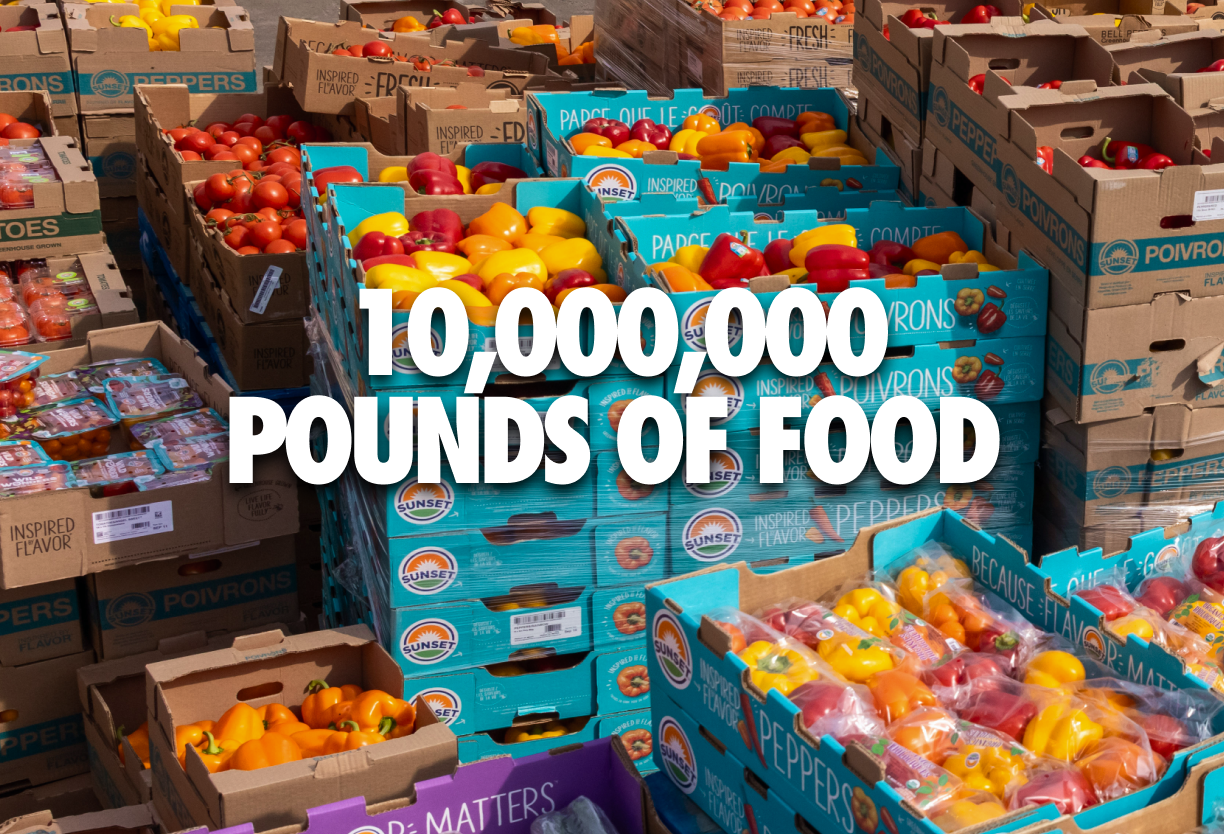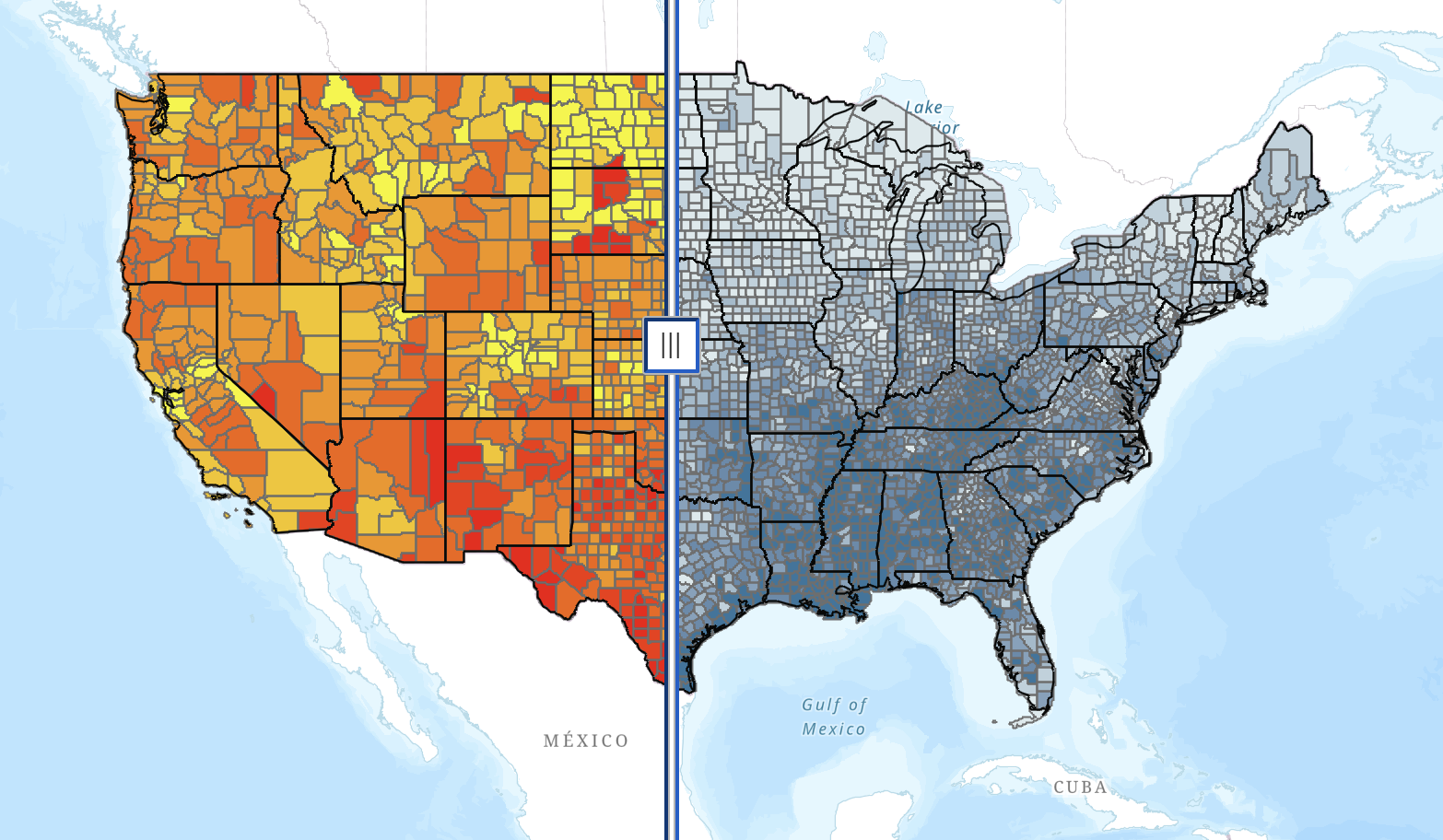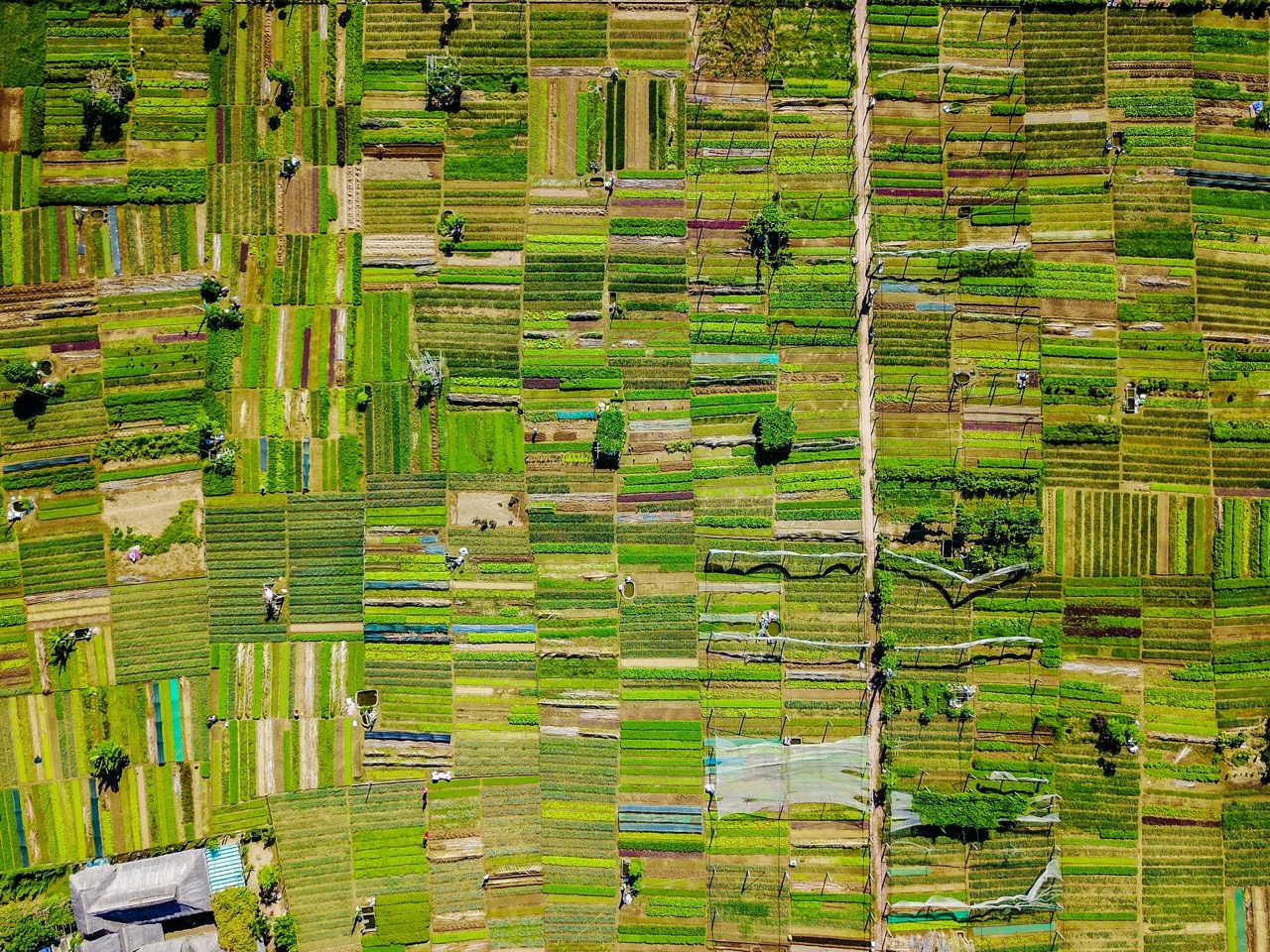When asked how his industry was affected by the COVID-19 crisis, Denny Donnovan, Sales Manager at Fresh Kist Produce, said, “Oh gosh. Nobody I know has been around for anything like this before. Shock isn’t the right word; we were totally dumbfounded.” He compared the effect on the agricultural industry to that of the Great Depression and the World Wars. When restaurants shut down in March, Fresh Kist Produce lost 60 percent of their business. They turned to trying to sell to grocery stores, most of which already had contracts with other growers. A surplus of product at such low demand lowered their prices, and because Fresh Kist Produce deals mostly with produce with a short shelf life—broccoli, celery, cauliflower, and iceberg lettuce—they were not left with many options. Denny says that Fresh Kist Produce’s partnership with The Farmlink Project has allowed them to keep their crews working and has saved them from laying off hundreds of harvesters. He explained that when farms are unable to harvest produce, it’s not just the harvesters that lose work—“the whole wheel stops turning.” In addition to reinforcing harvesters’ jobs, the support that The Farmlink Project provides “keeps fertilizer companies busy, cooling and loading docks busy, and the whole wheel turning.”
Thus far, The Farmlink Project has facilitated the delivery of 567,500 pounds of Fresh Kist Produce. Through 17 different deliveries, the produce has reached seven food banks across California, with a total of approximately 4.5 million servings. Fresh Kist Produce is composed of two family farmers and six other growers that bring produce daily, all of whom, according to Denny, are “civic minded” and very excited to be working with The Farmlink Project. We look forward to continuing to redirect surplus produce to communities in need and contributing to keeping the wheels of the agricultural industry turning.
< Back
When asked how his industry was affected by the COVID-19 crisis, Denny Donnovan, Sales Manager at Fresh Kist Produce, said, “Oh gosh. Nobody I know has been around for anything like this before. Shock isn’t the right word; we were totally dumbfounded.” He compared the effect on the agricultural industry to that of the Great Depression and the World Wars. When restaurants shut down in March, Fresh Kist Produce lost 60 percent of their business. They turned to trying to sell to grocery stores, most of which already had contracts with other growers. A surplus of product at such low demand lowered their prices, and because Fresh Kist Produce deals mostly with produce with a short shelf life—broccoli, celery, cauliflower, and iceberg lettuce—they were not left with many options. Denny says that Fresh Kist Produce’s partnership with The Farmlink Project has allowed them to keep their crews working and has saved them from laying off hundreds of harvesters. He explained that when farms are unable to harvest produce, it’s not just the harvesters that lose work—“the whole wheel stops turning.” In addition to reinforcing harvesters’ jobs, the support that The Farmlink Project provides “keeps fertilizer companies busy, cooling and loading docks busy, and the whole wheel turning.”
Thus far, The Farmlink Project has facilitated the delivery of 567,500 pounds of Fresh Kist Produce. Through 17 different deliveries, the produce has reached seven food banks across California, with a total of approximately 4.5 million servings. Fresh Kist Produce is composed of two family farmers and six other growers that bring produce daily, all of whom, according to Denny, are “civic minded” and very excited to be working with The Farmlink Project. We look forward to continuing to redirect surplus produce to communities in need and contributing to keeping the wheels of the agricultural industry turning.
Fresh Kist Farms
California
When asked how his industry was affected by the COVID-19 crisis, Denny Donnovan, Sales Manager at Fresh Kist Produce, said, “Oh gosh. Nobody I know has been around for anything like this before. Shock isn’t the right word; we were totally dumbfounded.” He compared the effect on the agricultural industry to that of the Great Depression and the World Wars. When restaurants shut down in March, Fresh Kist Produce lost 60 percent of their business. They turned to trying to sell to grocery stores, most of which already had contracts with other growers. A surplus of product at such low demand lowered their prices, and because Fresh Kist Produce deals mostly with produce with a short shelf life—broccoli, celery, cauliflower, and iceberg lettuce—they were not left with many options. Denny says that Fresh Kist Produce’s partnership with The Farmlink Project has allowed them to keep their crews working and has saved them from laying off hundreds of harvesters. He explained that when farms are unable to harvest produce, it’s not just the harvesters that lose work—“the whole wheel stops turning.” In addition to reinforcing harvesters’ jobs, the support that The Farmlink Project provides “keeps fertilizer companies busy, cooling and loading docks busy, and the whole wheel turning.”
Thus far, The Farmlink Project has facilitated the delivery of 567,500 pounds of Fresh Kist Produce. Through 17 different deliveries, the produce has reached seven food banks across California, with a total of approximately 4.5 million servings. Fresh Kist Produce is composed of two family farmers and six other growers that bring produce daily, all of whom, according to Denny, are “civic minded” and very excited to be working with The Farmlink Project. We look forward to continuing to redirect surplus produce to communities in need and contributing to keeping the wheels of the agricultural industry turning.
.png)










.svg)
.svg)
.svg)